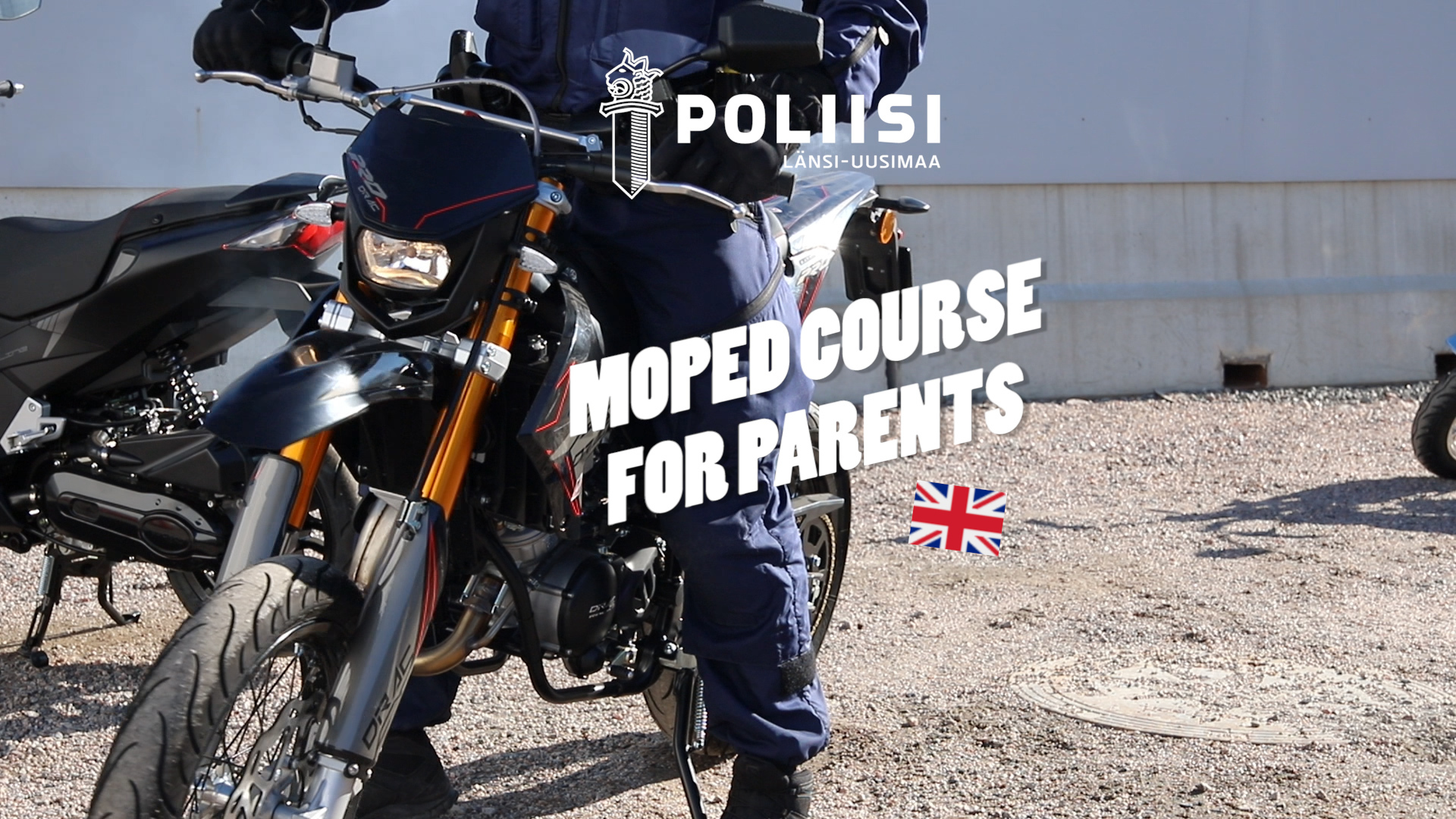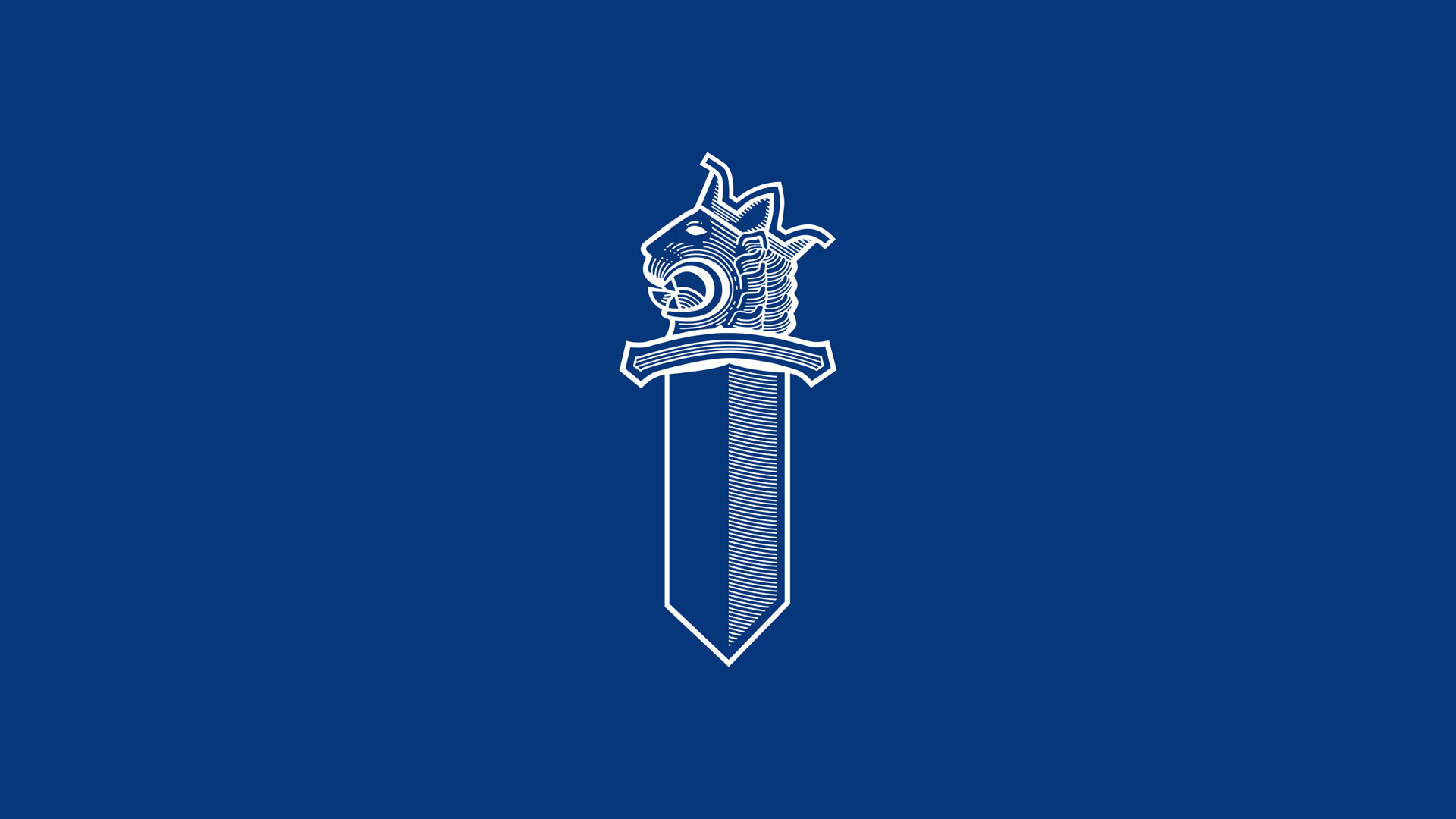Many parents are unaware of the condition of their children's moped — watch the Police's illustrative videos

In recent years, we at the Western Uusimaa Police Department have noticed that some parents do not know their kids' two-wheelers or their deficiencies very well. That is why we published two videos, in three languages, which help parents and others get started with the topic.
The moped season is on. Moped riding and motorcycling are great hobbies and very practical ways to move about. However, the Police also sees the downside in situations where the vehicle fix and the driver’s skills do not meet.
- The Police of Western Uusimaa now wishes to encourage the parents to take time with their young drivers and ensure that the two-wheel ride is in shape and safe, says Chief Inspector Hannu Kontola.
In our first "Poliisitube" YouTube video, Chief Inspector Hannu Kontola responds to the most asked questions that the Police receives regarding mopeds. In the second video we go over, in a simple manner, how a parent can inspect the basics of a moped. Watch the videos by clicking the links below.
The basics of inspecting a moped
Number plate
The number plate must be clean, unharmed and straight so that it can be read without difficulty. It must not contain any extra markings, such as stickers, and it must not be changed in any way. The plate can be tilted to the maximum 30 degrees backwards and 15 degrees to the front, and it must be placed in the rear, under the taillight or a separate plate light.
Tyres
The main grooves in the moped summer tyres must have treads that are at least 1.6 mm deep. The tyres must be free of any damage, such as visible cracks. If the treads are close to the minimum requirement, the resulting safety impacts should be taken into consideration. As the treads disappear, the tyre grip seriously weakens under wet conditions or higher speeds. When the weather conditions require winter tyres, you need to have tyres with corresponding markings, and the grooves must be at least 3.0 mm deep.
Brakes
The front brake can be tested by pushing the moped forwards and using the front brake lever. The moped front tyre should lock. The rear wheel brake can be tested by pushing the moped forward and using the rear brake lever, whereby the rear brake should lock, with the wheel dragging along in locked conditions while the moped is being pushed.
Lights
The moped must have sources of light that are approved for road traffic use in a moped. The head and rear lights must function and be well visible when the vehicle is started, irrespective of the motor revs. The indicators must also function if the moped has blinkers installed. Even if there are no blinkers, the driver is still obligated to give a turn signal.
Exhaust piping and noise
The moped must have an exhaust pipe that is approved for road traffic and intended for the moped in question, or one with corresponding characteristics. The noise caused by exhaust piping in good working order is so low that it is easy to talk next to the moped, without raising one’s voice.
Helmet
There are two types of helmets in Finland, with a type approval:
• Approved under the ECE regulations: large letter E within a circle, OR
• approved under the US standard FMVSS 218: DOT in large letters
The helmet strap must be carefully fastened and adjusted. When you stop and can remove the helmet taking it off with your hands like a hat, it was not properly fastened.
Trimming and tuning up
According to the law, the moped maximum speed is 45 km/h, but the Police tends to see a lot of tuned up mopeds in which the structures have been adjusted to increase the maximum speed. It is illegal to ride a trimmed moped in road traffic. It is dangerous because the moped structure is not designed to resist beyond a certain set speed limit. For example, the brakes are typically dimensioned to stop the vehicle going a certain speed.
Trimming or tuning up may be difficult to recognise if you do not have a trained eye. The parts are mostly tuned up are the power tube, carburettor, cogwheels or clutches. However, there are a few simple facts that should cause concern in the parents:
- the moped is going clearly faster than 50 km/h
- the moped seems to be very loud
- the moped appears to have some parts modified in a way or another
Driving style is key — reason to flee the Police is typically insignificant
Besides the condition of the vehicle, safety also depends on the way in which it is ridden. A smart young person can also succumb to social pressures and experimentation and forget their own and other people’s safety. Please talk openly about the way in which your young driver is acting on the road.
For example, if the young driver is tuning up the moped and ends up fleeing the Police, the resulting offence can be gross endangerment of traffic safety. This type of a road traffic offence may have ramifications until late in their future when the young person is applying for an institute of learning or a job that requires a security clearance. The parent will also face consequences, for example in cases where they are the moped owner and have given it to a minor who has no right to drive it. The vehicle may also be seized if it used repeatedly to commit punishable acts.
Naturally, the most serious risk is the young person or other road user getting injured or other personal injuries which the Police wants to prevent by issuing these instructions.
The Police's check-list for inspecting your youngsters' moped (Poliisitube video on YouTube)
socialShareGray




